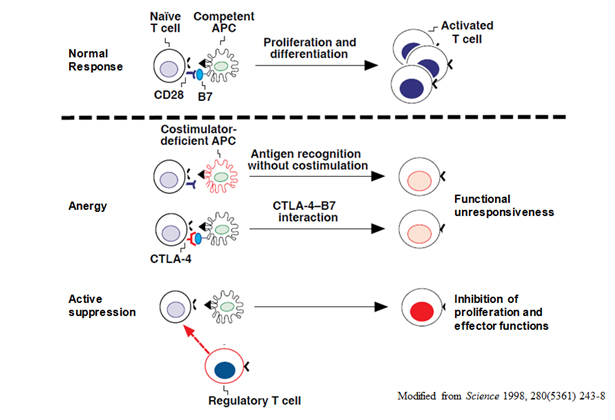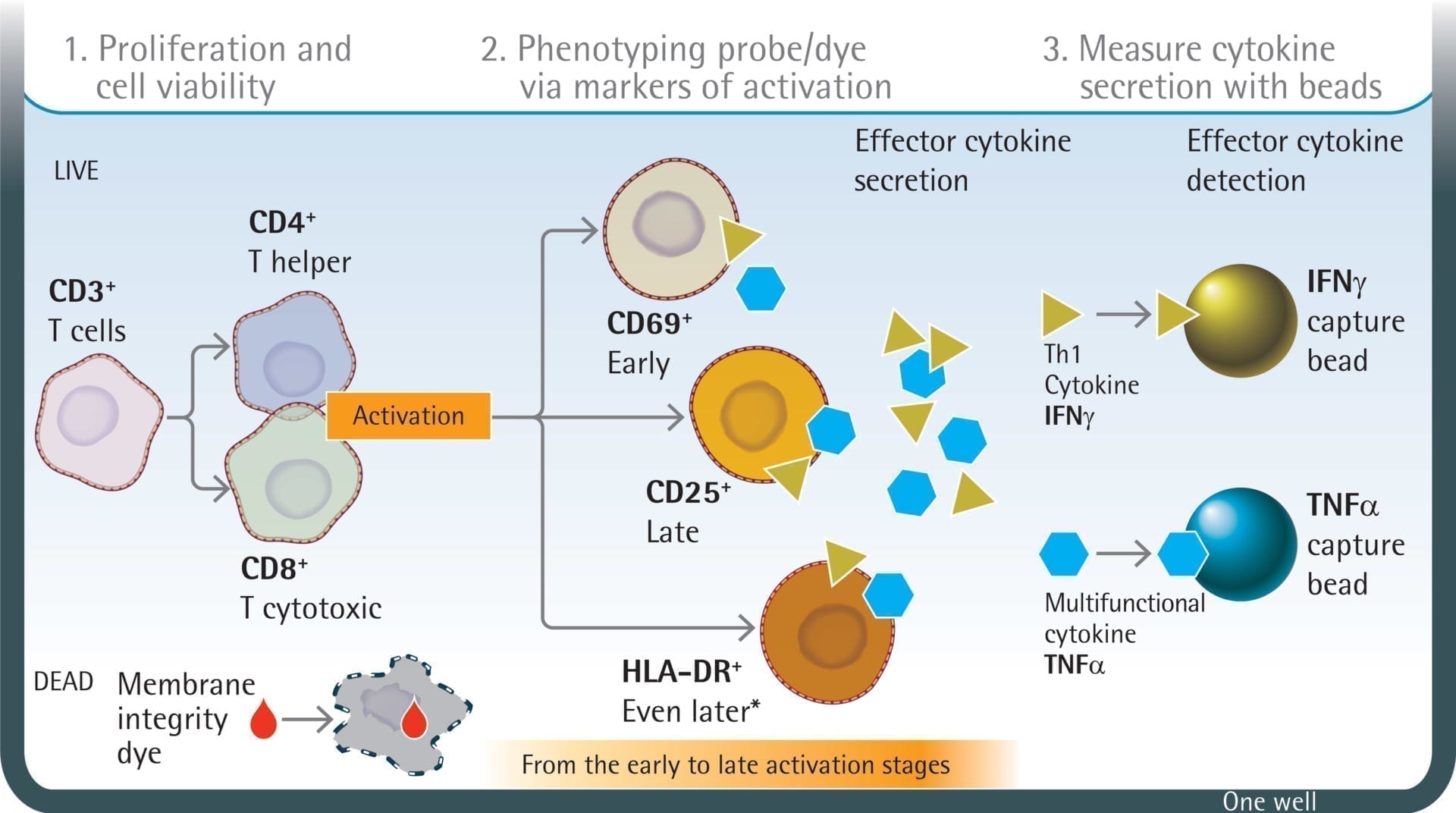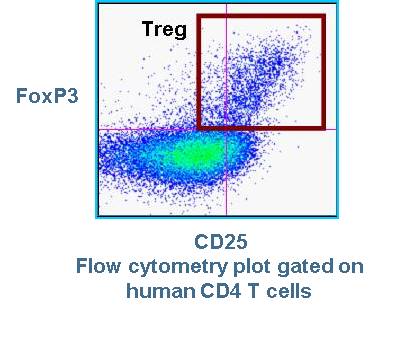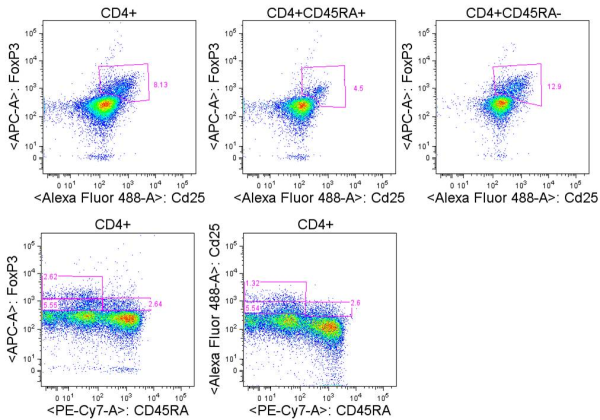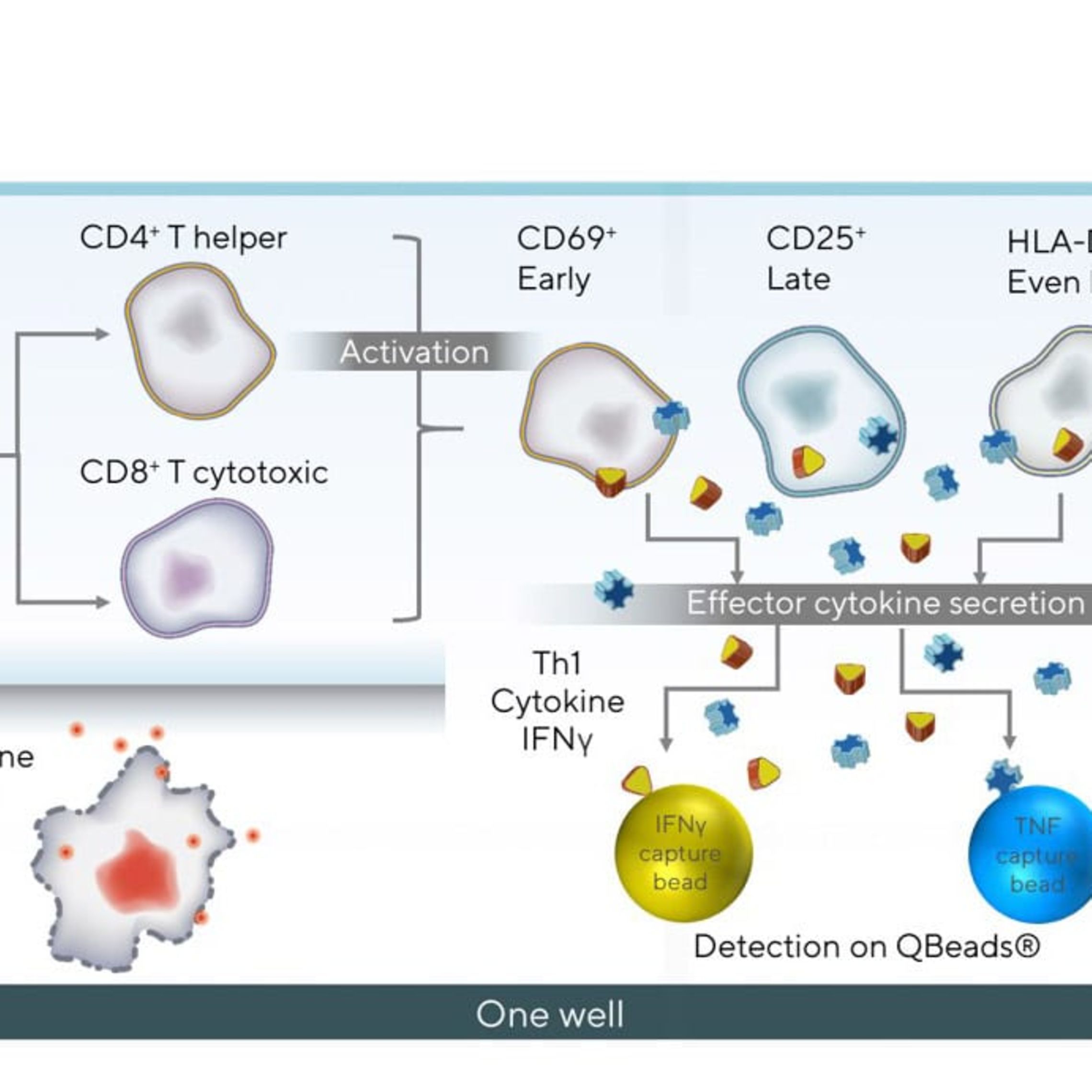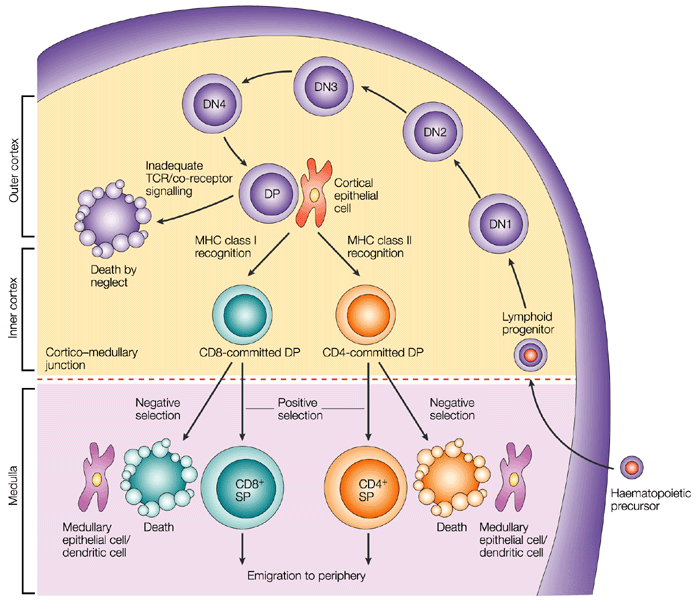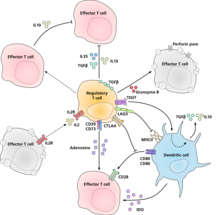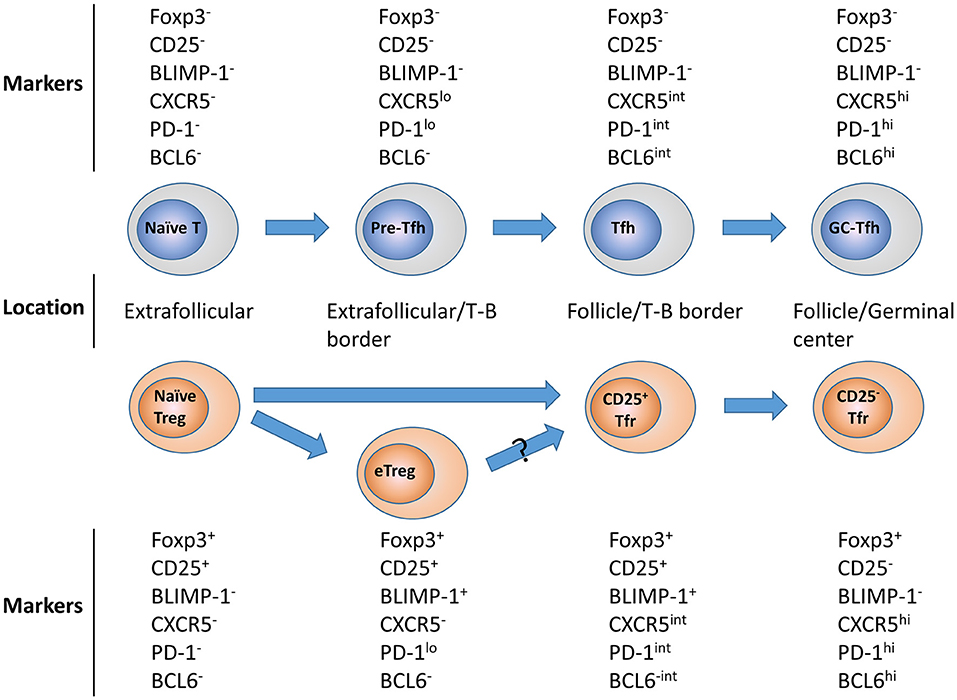
Central Nervous System-Infiltrating T Lymphocytes in Stroke Are Activated via Their TCR (T-Cell Receptor) but Lack CD25 Expression | Stroke
Comparative analysis of activation induced marker (AIM) assays for sensitive identification of antigen-specific CD4 T cells | PLOS ONE

Multiple sclerosis patients have reduced resting and increased activated CD4+CD25+FOXP3+T regulatory cells | Scientific Reports

Foxp3+ CD25– CD4 T cells constitute a reservoir of committed regulatory cells that regain CD25 expression upon homeostatic expansion | PNAS

CD4+ T cell regulation of CD25 expression controls development of short-lived effector CD8+ T cells in primary and secondary responses | PNAS

Human T cells express CD25 and Foxp3 upon activation and exhibit effector/memory phenotypes without any regulatory/suppressor function | Journal of Translational Medicine | Full Text





